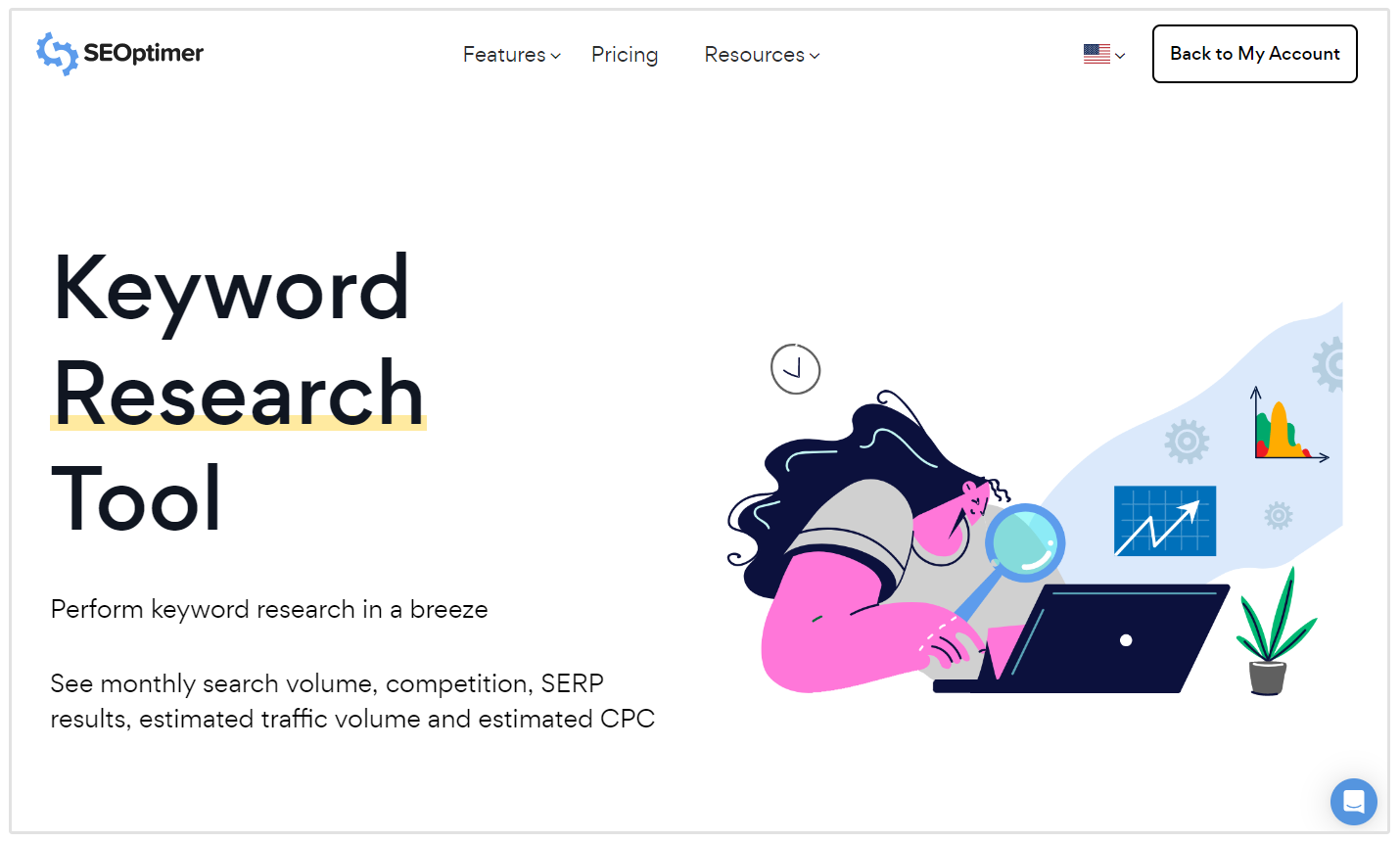Optimizing Your Information Interpretation With Additional Measurement in Google Analytics for Informed Decision-Making
Google Analytics, a powerful tool in the hands of digital marketing experts and experts, offers a feature known as Secondary Dimension. By tapping right into the abilities of Additional Measurement, individuals can get a more extensive view of their data, enabling them to make strategic decisions based on a more nuanced and comprehensive analysis.
Comprehending Additional Dimension Performance
Understanding the secondary dimension functionality in Google Analytics enhances the deepness of information analysis by offering additional context to key metrics. By including a secondary dimension, analysts can segment and compare information, getting insights that would or else stay concealed. This function allows customers to check out information with different lenses, such as the resource of web traffic, individual behavior, or geographical area, using a more extensive understanding of internet site performance.
When looking entirely at primary metrics,Utilizing second dimensions can disclose patterns and connections that might not be apparent. Matching the main metric of web page views with an additional measurement like tool classification can discover whether particular gadgets drive more website traffic to certain pages. This info can then educate site optimization methods customized to different tool customers.
Executing Additional Measurement in Records
Building upon the understandings gained with additional measurement evaluation, including these measurements effectively right into records in Google Analytics is crucial for extracting actionable data-driven choices. what is a secondary dimension in google analytics. By applying second measurements in records, customers can dive much deeper right into the performance metrics of their web site or app. This function permits an extra extensive analysis by offering extra context to the key measurement chosen
To carry out an additional dimension in reports, just browse to the desired report in Google Analytics and click the "Second measurement" tab situated over the data table. From there, users can select from a broad range of secondary measurements such as 'Source/Medium', 'Tool Classification', or 'Touchdown Web page'. Picking the most appropriate secondary measurement will certainly depend upon the particular insights you are seeking to uncover.
Making use of second measurements in reports not just boosts the deepness of evaluation however also help in determining patterns, patterns, and correlations that might have or else gone undetected. This calculated technique to data analysis allows companies to make informed choices that drive development and success.

Studying Information With Second Measurements
Upon integrating additional measurements right into information evaluation within Google Analytics, a thorough exam of key performance indicators can be accomplished, using useful understandings for calculated decision-making. By using additional dimensions, analysts can additionally explore their main information measurements, such as web traffic sources or user demographics, to uncover patterns or fads that might not be instantly obvious. This deeper degree of evaluation enables a much more detailed understanding of individual habits and interactions on a web site or digital platform.
Assessing information with additional dimensions makes it possible for marketing professionals and website proprietors to respond to more details inquiries regarding their audience, content efficiency, and advertising and marketing efforts. As an example, by incorporating the main measurement of web traffic resources with an additional dimension like geographical area, services can identify which areas drive the most valuable website traffic to their website. This sort of granular insight can educate advertising methods, material creation, and internet site optimization efforts to much better satisfy the requirements and choices of their target audience.
Leveraging Second Measurements for Insights
By incorporating second dimensions successfully, experts can extract much deeper understandings from information embed in Google Analytics, improving the understanding of customer behavior and efficiency metrics. Leveraging second dimensions includes incorporating different characteristics or metrics with key information to uncover patterns and patterns that may not appear in the beginning look. By including a second dimension such as 'Device Category' to a report on site web traffic, experts can discern whether user behavior varies across different gadgets like desktops, mobile phones, or tablet computers.
Additionally, making use of secondary dimensions allows analysts to segment data a lot more granularly, allowing them to identify particular audience segments or geographic locations that exhibit distinct actions. what is a secondary dimension in google analytics. This division can be critical in tailoring advertising and marketing approaches, maximizing web site material, or improving customer experience based upon go to this web-site the special qualities of each section
In essence, leveraging secondary measurements in Google Analytics encourages experts to dig deeper right into information, derive meaningful insights, and make educated choices that drive company growth and success.
Enhancing Decision-Making Via Secondary Measurements
Using secondary measurements in information analysis provides a critical advantage by discovering actionable understandings that drive notified decision-making in Google Analytics. By enhancing decision-making via additional dimensions, customers can dig much deeper right into their data to remove useful info that might not be quickly evident. These additional measurements offer a more detailed view of individual habits, communications, and outcomes, enabling experts to make more enlightened decisions find more information based upon concrete data.
Via the usage of second measurements, analysts can sector and filter data to recognize patterns, patterns, and relationships that may affect decision-making procedures. This improved level of granularity allows for a much more targeted approach to examining data, leading to even more accurate and insightful final thoughts.
In addition, additional measurements provide the possibility to compare different data points side-by-side, promoting a much more complete assessment of efficiency metrics and KPIs. By leveraging secondary dimensions properly, companies can enhance their strategies, improve customer experiences, and ultimately achieve their goals with confidence.
Final Thought

Building upon the understandings acquired through second dimension evaluation, including these dimensions successfully right into reports in Google Analytics is important for drawing out actionable data-driven choices.To implement a second measurement in reports, just browse to the desired report in Google Analytics and click on the "Additional measurement" tab situated over the data table. By using additional measurements, analysts can even more explore their key data dimensions, such as traffic resources or customer demographics, to reveal patterns or trends that may not be quickly apparent. By combining the main measurement of web traffic resources with a second measurement like geographical location, companies can determine which regions drive the most useful web traffic to their website.By integrating additional measurements successfully, analysts can extract much deeper insights from data sets in Google Analytics, enhancing the understanding of user behavior and performance metrics.